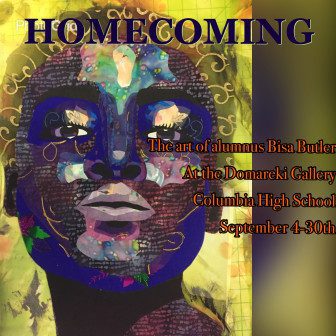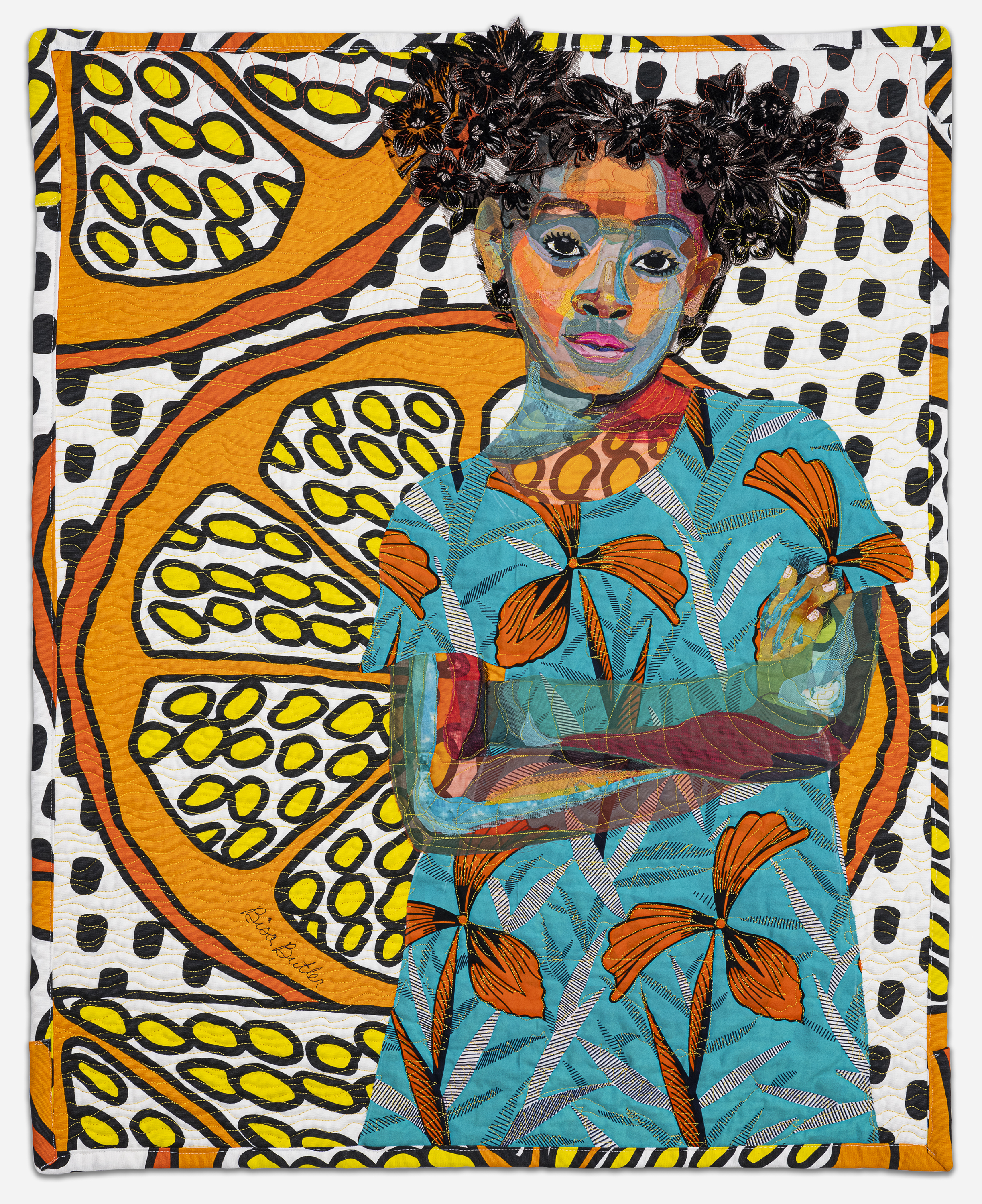
© Bisa Butlerīutler’s portrait I Know Why the Caged Bird Sings can be read as a tribute to her predecessors, such as Mailou Jones, Thomas, and Ringgold. Minneapolis Institute of Art, promised gift on long-term loan from a private collection. Thomas’s painting Starry Night and the Astronauts exemplifies her rhythmic application of color and conveys her understanding of light and movement.īisa Butler. She developed a signature approach, creating fields of color that resemble mosaics. Although Thomas graduated in 1924, her artistic career did not blossom until the 1960s, after she retired from a 38-year career as public school teacher and shifted her style from realism to abstraction. Butler remembers recognizing the elder artist’s achievements-her cosmopolitan successes and embrace of African, French, and Haitian aesthetics-as paving the way for future generations.Ī contemporary of Mailou Jones and fellow alumna of Howard University, Alma Thomas was the first student to graduate from the school’s then newly formed fine arts program. Loïs Mailou Jones, who taught at Howard from 1930 to 1977, visited the school in the 1990s when Butler was an undergraduate student studying painting. The World Is Yours runs through June 30th.Butler cultivated her appreciation for the achievements of artists who came before her during her studies at Howard University, a preeminent historically Black college (and Vice President Kamala Harris’s alma mater). One of Butler’s favorites is called "Children Are Worth More Than Gold." Another print, featuring leaping horses, is called “I Run Faster Than My Enemies.” Butler feels that fabric “creates visual talismans and protections” against hatred and bigamy and racism and marginalization. Sold in marketplaces all over Africa, these prints are given evocative, allegorical names. She always works with a base of African printed fabric, to honor her and her subjects’ heritages. For her late 20th-century portraits, Butler played with dayglo neon, iridescent vinyl, sequins, and metallic lamé. This was also the first time that I started interacting with photographers online.” The exhibition includes some of her first collaborative pieces―she worked with a number of contemporary photographers, including Gordon Parks and Janette Beckman.īutler recognizes fabric choices can express a lot about “how we feel about ourselves, how we want to be interpreted, how we want to be received.” When she creates a portrait of a Black little girl with hair made of silk French lace flowers, the fabric choice is very deliberate― Butler’s saying “I believe her hair is valuable and delicate and beautiful, just like this expensive lace fabric.”įabric textures and colors also help establish the time period each era had a dominant color palette, as well as popular patterns and textures. “During the pandemic,” Butler says, “I started reflecting on the world now instead of the world in the past. The World Is Yours showcases a new body of work inspired by contemporary portraits from the late 20th and early 21st centuries. In much of her previous work, Butler took inspiration from older photographs or daguerreotypes. To not accept people telling us we don't have that power. But the power is within us to recreate or create our own reality.

Watching the news can feel pretty hopeless. And actually love our fellow human beings. With her exhibition title, Butler wanted to remind people of “the beautiful sentiment that this world belongs to all of us. “It's a really positive song,” she explains, addressing the ills that plague city life while celebrating brotherhood, personhood, and empowerment. During the early pandemic, Nas’ song, The World Is Yours seemed particularly resonant.


They have, in fact, collaborated on mixtapes corresponding with her exhibitions for the last few years. Sharing studio space with her hip-hop DJ husband makes music a regular part of her creative space.

Music frequently influences Butler’s work.


 0 kommentar(er)
0 kommentar(er)
